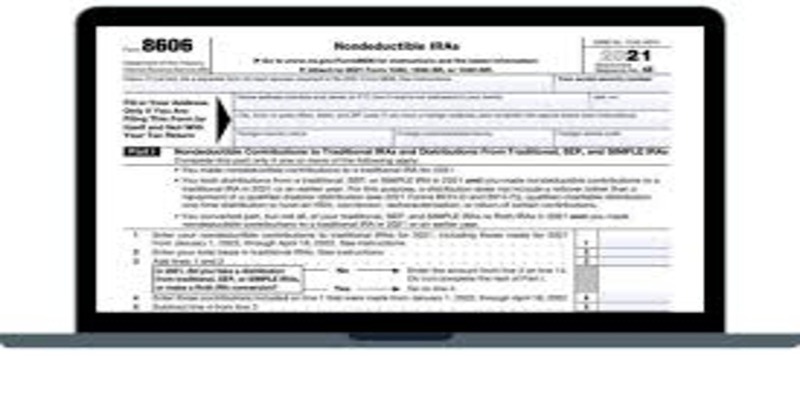
Understanding Debt Service: A Simple Guide to Calculations and Ratios
Dec 30, 2023 By Triston Martin
In the vast and often intricate realm of personal and business finance, one concept that consistently takes center stage is debt service. It is a linchpin that influences financial decisions, shaping the trajectories of individuals, businesses, and even governments.
Whether you're a seasoned financial professional navigating the complex landscape of economic intricacies or someone just starting to chart your course in financial management, a comprehensive understanding of debt service, its calculations, and the associated ratios is paramount.
What is Debt Service?
Debt service is essentially the way borrowed money gets paid back. It involves repaying not only the original amount borrowed, known as the principal but also includes the interest that accumulates during the borrowing period. This concept is crucial for individuals, businesses, and governments, highlighting its broad importance in managing finances responsibly.
Whether you take out a personal loan, a business loan, or a government bond, understanding and effectively managing debt service is key to maintaining financial health. It's like keeping a promise to pay back what you borrowed, including the extra amount that represents the cost of borrowing in the form of interest.
In practical terms, debt service requires periodic payments, usually monthly or annually, to settle both the principal and interest portions of a loan. For example, when you take out a mortgage to buy a home, your monthly mortgage payments cover both the amount you borrowed to purchase the house (principal) and the interest charged by the lender for providing the loan.
Successfully navigating debt service ensures that borrowers fulfill their financial obligations, preventing the accumulation of excessive debt and promoting a stable economic foundation for individuals, businesses, and governments alike. It's a fundamental aspect of financial planning that contributes to a sustainable and balanced economic ecosystem.
Calculating Debt Service: The Basics
Here, we have a closer look at the fundamental steps - a simple breakdown of the essential elements that make up this crucial financial process. Let's dive in!

Principal Repayment
At the heart of debt service lies the principal amount, representing the initial sum borrowed. Repayment of this principal is the primary step in the debt service process. For instance, consider a scenario where an individual borrows $10,000. In this case, the principal repayment involves gradually paying back this $10,000 over a specified period.
Interest Payments
In addition to the principal, borrowers are obligated to pay interest, which serves as the cost incurred for borrowing money. Using the same example, if the annual interest rate stands at 5%, the borrower would owe $500 in interest for the first year alone.
This interest payment is an integral component of debt service, highlighting the dual nature of repayment involving both the borrowed sum and the associated interest.
Total Debt Service
The culmination of principal repayment and interest payments results in the total debt service. In continuation of our example, if the principal repayment amounts to $10,000 and the interest accrues to $500, the total debt service for the initial year would be $10,500. This composite figure encapsulates the entirety of the borrower's financial obligation in the given period.
Understanding Debt Service Ratios
Debt service ratios emerge as indispensable financial metrics that facilitate the evaluation of an entity's ability to manage its debt obligations effectively. Two widely employed ratios for this purpose are the Debt Service Coverage Ratio (DSCR) and the Debt-to-Income Ratio (DTI).

Debt Service Coverage Ratio (DSCR)
The Debt Service Coverage Ratio serves as a litmus test for an entity's capability to meet its debt obligations. Calculated by dividing the entity's operating income by its total debt service, a DSCR exceeding 1 indicates that the entity possesses ample income to cover its debt payments.
To illustrate, suppose a business yields an operating income of $50,000 with a total debt service of $40,000. In this scenario, the DSCR stands at 1.25, signaling that the business generates sufficient income to cover its debt payments with a comfortable margin.
Debt-to-Income Ratio (DTI)
The Debt-to-Income Ratio is a crucial metric in personal finance that provides valuable information about an individual's ability to handle debt. It is calculated by dividing the total monthly debt payments by the gross monthly income, and a lower DTI indicates a more favorable financial position.
For example, if an individual's monthly debt payments amount to $1,000, and their gross monthly income reaches $4,000, their DTI would be 0.25 or 25%, indicating that 25% of their income is allocated to debt payments.
Practical Applications of Debt Service Ratios
Understanding these ratios extends beyond theoretical knowledge, finding practical applications in diverse financial scenarios that shape decision-making processes.
Borrowing Decisions
When contemplating the assumption of new debt, individuals and businesses can leverage debt service ratios to assess their capacity to manage additional financial obligations effectively. This proactive approach ensures that borrowers make informed decisions aligned with their financial capabilities.
Risk Assessment
Lenders frequently employ debt service ratios as risk assessment tools when evaluating loan applications. Higher ratios signify a lower risk of default, providing lenders with valuable insights into the borrower's financial stability and reliability.
Financial Planning
Individuals can harness the power of debt service ratios to conduct comprehensive financial health assessments. By evaluating these ratios, individuals can make informed decisions regarding debt management, budgeting, and long-term financial planning. This strategic approach paves the way for financial stability and security in the future.
Conclusion
In conclusion, debt service stands as a pivotal aspect of financial management, exerting its influence across individuals, businesses, and governments. By delving into the basic calculations involved in debt service and gaining proficiency in the significance of debt service ratios, individuals can navigate the financial landscape with confidence.
Whether making borrowing decisions, assessing risk, or engaging in strategic financial planning, a solid understanding of debt service concepts empowers individuals to make informed choices. Therefore, take the time to delve into the intricacies of these calculations, assess your ratios, and forge a path toward a financially secure future.
-
 Know-how Jan 01, 2024
Know-how Jan 01, 2024A Comprehensive Guide to Engel’s Law, Curve and Coefficient
Let’s learn the basics of Engel’s law. Give our guide a thorough read to find out the impact of your income on your spending and the importance of Engel’s curve and coefficient.
-
 Know-how Nov 07, 2023
Know-how Nov 07, 2023Mastering Balance Transfers: A Guide for Citi Credit Cardholders
Want to learn how to transfer your balances with ease using your Citi Credit Card? Dive in to discover the steps, benefits, and tips for successful balance transfers.
-
 Investment Dec 21, 2023
Investment Dec 21, 2023What Is The Nasdaq 100 Index?
Learn the Nasdaq 100 Index and how to invest in it. In this guide, we explain the index's components, its differences from the S and P 500, and frequently asked questions about investing in it.
-
 Banking Jan 09, 2024
Banking Jan 09, 2024A Comprehensive Guide to Form 8606: Understanding Nondeductible IRAs
This article provides a comprehensive overview of Form 8606, detailing its sections, filing process, and tax implications of nondeductible IRAs, also suggesting strategies to minimize tax liability.